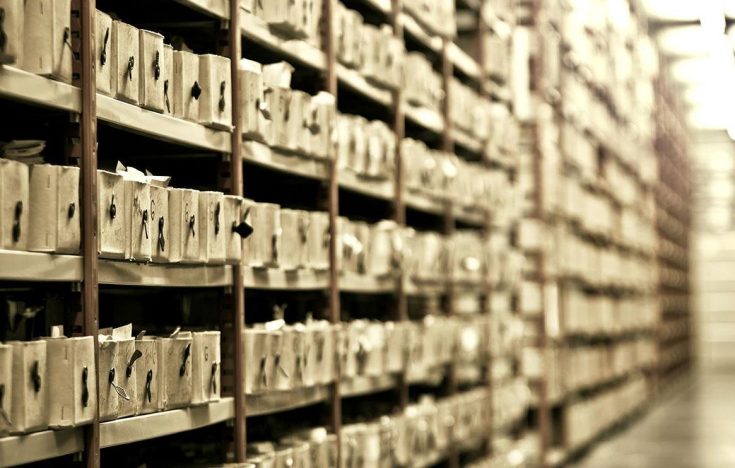The axiom “time is money” has a new meaning for today’s corporate treasurers. Digital technology has not only created a real-time environment where transactions and payments are processed instantaneously, it has compressed the very lifespan of financial data.
Already time-poor treasurers have even less time to deliver much more than before. Manual inputs and spreadsheets or other non-digital formats can no longer support today’s real-time reality, which requires immediate decision-making. Information that treasurers could once rely on for days or hours now becomes obsolete in minutes or seconds.
” The corporate treasurers’ digitisation journey can be summed up in three simple words: safe, responsible and sustainable. “
Treasury digitisation enables better visibility and control over a company’s finances and creates a reliable crystal ball to enable treasurers to predict liquidity requirements over the next 30 to 90 days. This, of course, is only possible if the real-time data is accurate and if the chosen technology is capable of coping with changing information availability. However, “this journey is not an easy one and presents treasurers with numerous challenges as they go about supporting the company’s businesses, while also guarding it against serious threats such as fraud and ensuring regulatory compliance,” notes Edwin Chan, Head of Transaction Banking Products, Asia Pacific, BNP Paribas.
The corporate treasurers’ digitisation journey can be summed up in three simple words: safe, responsible and sustainable.
Safe: can the data environment be trusted?
Digitisation gives treasurers instant access to multiple sources of external data that can provide companies with better insights. This includes data from banks as well as a host of external ecosystems such as markets, industry groups, financial technology (fintech) firms and even disclosures by competitors. However, while access to external data can create new opportunities, it also comes with its share of challenges.
How can treasurers be sure the data is accurate, reliable and complete? Partial data can be dangerous because it may not be fully validated for want of supporting information.
While treasurers ought to be able to trust the company’s own data, as well as information officially provided by banks, validating data from third-party ecosystems can be complicated. The solution lies in finding trustworthy partners. By virtue of being regulated entities, banks are not only a dependable source of information, they are also capable of funnelling reliable external data to corporates. For example, our recent conversations with treasurers at leading corporates in Asia Pacific revealed that while they may not trust all fintechs, they do trust fintech firms that collaborate with banks.

Responsible: do you know who you are dealing with?
Just as ensuring accuracy and completeness of data means knowing who corporates are dealing with and what their sources of information are, so does transacting with buyers and sellers. The growth of e-commerce has made fraud detection a priority for corporates and banks alike, and both need to verify the identities of their counterparties at either end of every transaction to ensure compliance with Anti-Money Laundering (AML) regulations.
While companies provide detailed information about themselves to banks as part of the latter’s Know Your Customer (KYC) processes, it is not always possible for them to directly validate their own customers and suppliers to the same degree. Once again, this is where treasurers can turn to banks and reliable third-party platforms. Banks work closely with parties that are connected to online marketplaces and trading systems that have reliable KYC or other identity validation processes in place to vet buyers and sellers. Corporates can tap into these processes to validate parties they transact with, and vice versa. Third-party multibank platforms, especially those specialising in supply chain finance, can be equally effective.
Corporates can also consider the applicability of new technologies, such as connecting to a blockchain ecosystem, to enable treasurers to support real-time transactions in a responsible manner and to also plug into credible external sources of data.

Sustainable: what is the lifespan of your digital technology?
A crucial element of treasury digitisation is to enable corporates to aggregate and use reliable data over long periods of time. Hence, it is vital to pick the right technology from among the many new ones out there.
Picking the wrong technology, or an emerging one that has yet to gain market credibility, could put the treasury digitisation process at risk. A technology that fails to become widely accepted and dies off in a couple of years would not only be a waste of precious resources and scarce time, but restarting the digitisation process could impose a high opportunity cost as well.
Therefore, in an age of rapid technological evolution, corporates must ensure that the choice they make is sustainable given how unpredictable the survival of new technology is. For example, the significant evolution of data network technology from Local Area Networks to distributed computing, and from physical servers to virtual servers and cloud computing, has meant that innovations that could not adapt to the ever-changing needs were left behind and rendered obsolete.
In today’s digital age, the abundance of data from a wide range of sources is making it imperative for companies to devise innovative and creative ways to use external data to boost efficiency and drive business growth. Corporate treasurers are also increasingly under pressure to support businesses in real time by providing timely forecasts and insights and by guarding against risks and fraud.
As companies embark on digitising treasury management, they must remember the proverb: “If you want to go fast, go alone. If you want to go far, go together.” By collaborating with trusted parties such as banks and third-party multibank platforms, and choosing the right technology partners, corporates can co-create a safe and a reliable data ecosystem that enables them to go far in their digital transformation.
